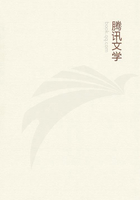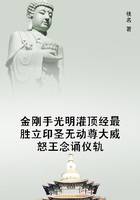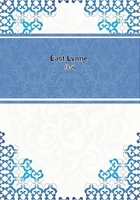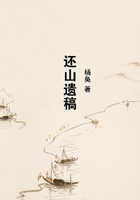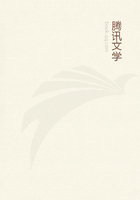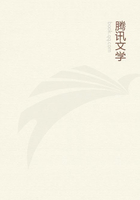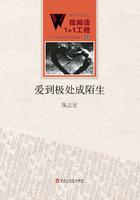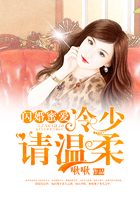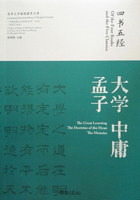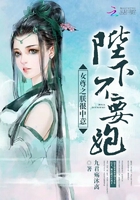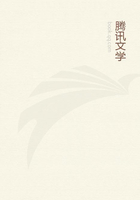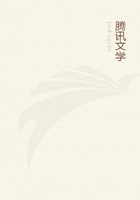He was methodical in his manner of reading books and pamphlets bearing on his own work. He had one shelf on which were piled up the books he had not yet read, and another to which they were transferred after having been read, and before being catalogued. He would often groan over his unread books, because there were so many which he knew he should never read. Many a book was at once transferred to the other heap, either marked with a cypher at the end, to show that it contained no marked passages, or inscribed, perhaps, "not read," or "only skimmed." The books accumulated in the "read" heap until the shelves overflowed, and then, with much lamenting, a day was given up to the cataloguing. He disliked this work, and as the necessity of undertaking the work became imperative, would often say, in a voice of despair, "We really must do these books soon."In each book, as he read it, he marked passages bearing on his work. In reading a book or pamphlet, etc., he made pencil-lines at the side of the page, often adding short remarks, and at the end made a list of the pages marked. When it was to be catalogued and put away, the marked pages were looked at, and so a rough abstract of the book was made. This abstract would perhaps be written under three or four headings on different sheets, the facts being sorted out and added to the previously collected facts in different subjects. He had other sets of abstracts arranged, not according to subject, but according to periodical. When collecting facts on a large scale, in earlier years, he used to read through, and make abstracts, in this way, of whole series of periodicals.
In some of his early letters he speaks of filling several note-books with facts for his book on species; but it was certainly early that he adopted his plan of using portfolios as described in the 'Recollections.' (The racks on which the portfolios were placed are shown in the illustration, "The Study at Down," in the recess at the right-hand side of the fire-place.) My father and M. de Candolle were mutually pleased to discover that they had adopted the same plan of classifying facts. De Candolle describes the method in his 'Phytologie,' and in his sketch of my father mentions the satisfaction he felt in seeing it in action at Down.
Besides these portfolios, of which there are some dozens full of notes, there are large bundles of MS. marked "used" and put away. He felt the value of his notes, and had a horror of their destruction by fire. Iremember, when some alarm of fire had happened, his begging me to be especially careful, adding very earnestly, that the rest of his life would be miserable if his notes and books were to be destroyed.
He shows the same feeling in writing about the loss of a manuscript, the purport of his words being, "I have a copy, or the loss would have killed me." In writing a book he would spend much time and labour in making a skeleton or plan of the whole, and in enlarging and sub-classing each heading, as described in his 'Recollections.' I think this careful arrangement of the plan was not at all essential to the building up of his argument, but for its presentment, and for the arrangement of his facts.
In his 'Life of Erasmus Darwin,' as it was first printed in slips, the growth of the book from a skeleton was plainly visible. The arrangement was altered afterwards, because it was too formal and categorical, and seemed to give the character of his grandfather rather by means of a list of qualities than as a complete picture.
It was only within the last few years that he adopted a plan of writing which he was convinced suited him best, and which is described in the 'Recollections;' namely, writing a rough copy straight off without the slightest attention to style. It was characteristic of him that he felt unable to write with sufficient want of care if he used his best paper, and thus it was that he wrote on the backs of old proofs or manuscript. The rough copy was then reconsidered, and a fair copy was made. For this purpose he had foolscap paper ruled at wide intervals, the lines being needed to prevent him writing so closely that correction became difficult.
The fair copy was then corrected, and was recopied before being sent to the printers. The copying was done by Mr. E. Norman, who began this work many years ago when village schoolmaster at Down. My father became so used to Mr. Norman's hand-writing, that he could not correct manuscript, even when clearly written out by one of his children, until it had been recopied by Mr. Norman. The MS., on returning from Mr. Norman was once more corrected, and then sent off to the printers. Then came the work of revising and correcting the proofs, which my father found especially wearisome.
It was at this stage that he first seriously considered the style of what he had written. When this was going on he usually started some other piece of work as a relief. The correction of slips consisted in fact of two processes, for the corrections were first written in pencil, and then re-considered and written in ink.
When the book was passing through the "slip" stage he was glad to have corrections and suggestions from others. Thus my mother looked over the proofs of the 'Origin.' In some of the later works my sister, Mrs.
Litchfield, did much of the correction. After my sister's marriage perhaps most of the work fell to my share.
My sister, Mrs. Litchfield, writes:--"This work was very interesting in itself, and it was inexpressibly exhilarating to work for him. He was always so ready to be convinced that any suggested alteration was an improvement, and so full of gratitude for the trouble taken. I do not think that he ever used to forget to tell me what improvement he thought that I had made, and he used almost to excuse himself if he did not agree with any correction. I think I felt the singular modesty and graciousness of his nature through thus working for him in a way I never should otherwise have done.

